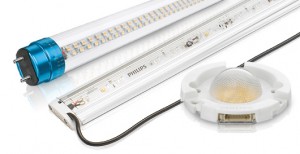 R&D at Dutch lighting conglomerate Philips has launched an all-out assault — on one of its very own leading products. Philips is the world’s largest manufacturer of the fluorescent light fixture, that ubiquitous device that is famous, or infamous, for casting that not-so-flattering greenish tinge upon the unsuspecting.
R&D at Dutch lighting conglomerate Philips has launched an all-out assault — on one of its very own leading products. Philips is the world’s largest manufacturer of the fluorescent light fixture, that ubiquitous device that is famous, or infamous, for casting that not-so-flattering greenish tinge upon the unsuspecting.
Prototype May Double Energy-Efficiency
LED lighting has long been touted as the “next great thing” in lighting, thanks to the more natural light that consumes less energy to produce. Now, Philips has shown off a new LED prototype that is claimed to be twice as energy efficient as existing LEDs.
The tube-shaped prototype from Philips is capable of 200 lumens per watt, double the 100 lumens per watt common for conventional strip lighting. Compared to conventional incandescent light bulbs, the energy efficiency of this new innovation is even better. Those traditional bulbs typically produce only 15 lumens per watt. The new Philips LED improves upon that by over 1200 percent.
Global Impact In Several Years
Given that estimates of global electric ity production devoted to lighting typically range between 15 and 20 percent, this is no small announcement. In the United States alone, if all the existing lighting could suddenly be magically swapped out for these new Philips LEDs, the savings in both dollars and carbon dioxide emissions would be monumental.
Philips suggests such a “swap” would save $12 billion/year and prevent 50-100 million tons of carbon dioxide from being released into the air on an annual basis.
Savings are already being realized as the demise of incandescent lighting has been accelerating. However, fluorescents have been efficient enough that their replacement has been slow to arrive, even given their propensity for that greenish glow that many dislike.
2015 Availability Projected
Now, Philips’ new prototype LED, expected to be in full production by 2015, promises to change that. Philips new LEDs should be twice as efficient as typical fluorescents.
In the lighting industry, when Philips talks, analysts listen. Of the current total estimated global lighting demand of about $85 billion, Philips has over $11 billion of the market, according to consultant McKinsey.
Philips admits that these new LEDs will cost more than the bulbs that they replace. The estimated 20 year life-span also exceeds the still-impressive lifespans of current LED lighting. Those commercial enterprises that use lighting on a 24/7 basis will find the maintenance cost savings over time to be persuasive as well.
At Relumination, we are always alert to developing trends in lighting. For ideas as to how we can reduce your carbon footprint and improve your bottom line, please contact us.
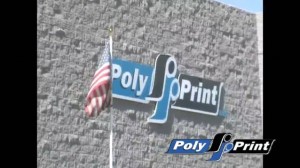 Relumination has been selected by Poly Print for a project that will upgrade their indoor and outdoor lighting in their state-of-the-art 24/7 Tucson, Arizona printing facility. These changes will result in an estimated savings of 335,000 kWh of electricity with a project payback of 2.4 years.
Relumination has been selected by Poly Print for a project that will upgrade their indoor and outdoor lighting in their state-of-the-art 24/7 Tucson, Arizona printing facility. These changes will result in an estimated savings of 335,000 kWh of electricity with a project payback of 2.4 years.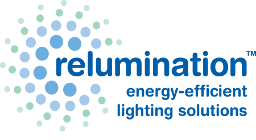
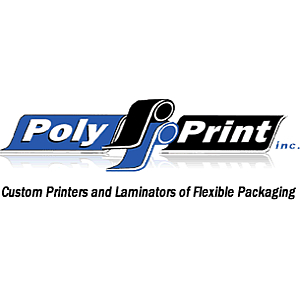
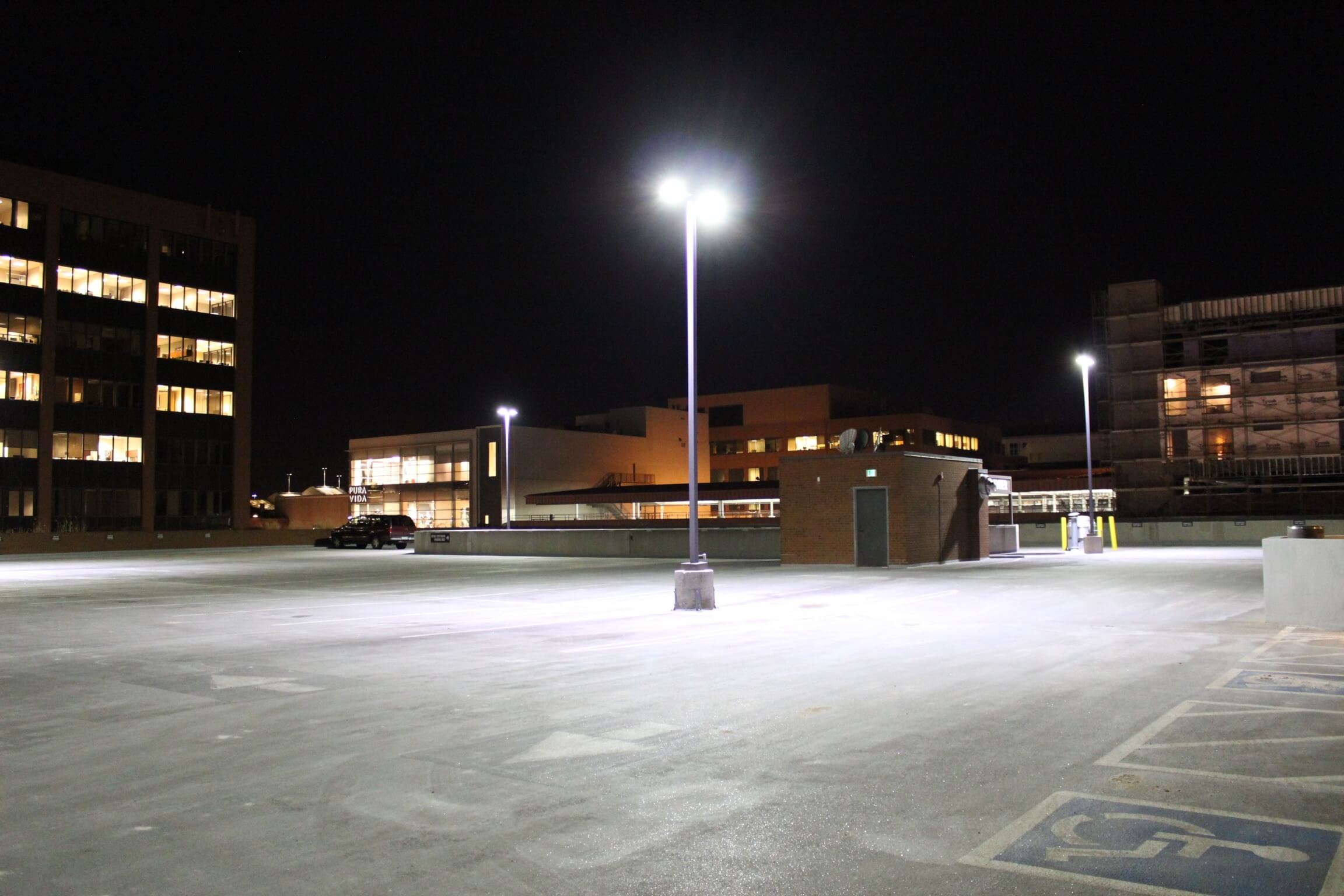
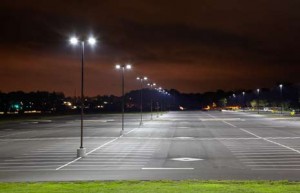 Chances are you’ve taken extraordinary efforts in providing more than adequate lighting for your office areas where most of your business in conducted. If it’s a
Chances are you’ve taken extraordinary efforts in providing more than adequate lighting for your office areas where most of your business in conducted. If it’s a 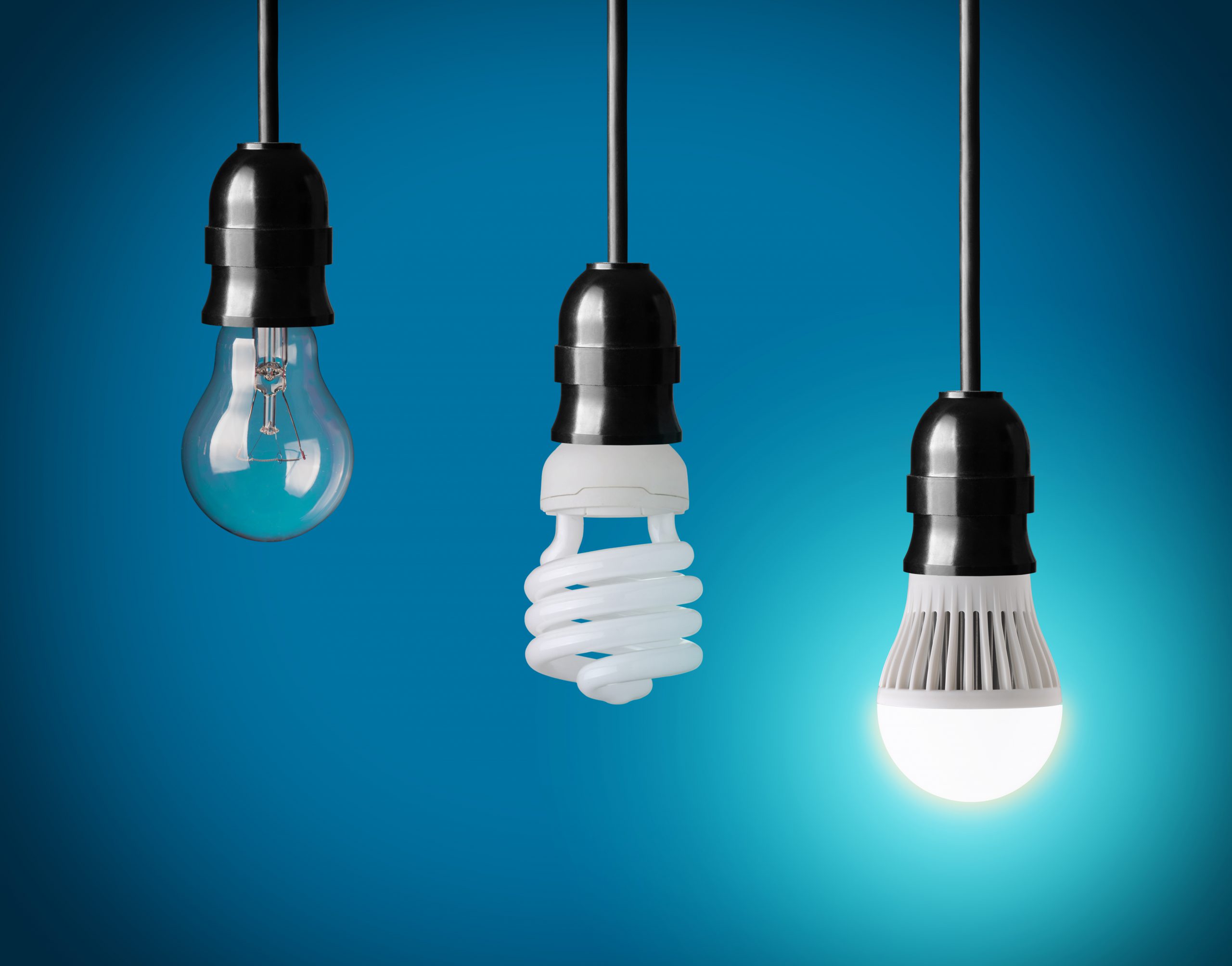
 R&D at Dutch lighting conglomerate
R&D at Dutch lighting conglomerate 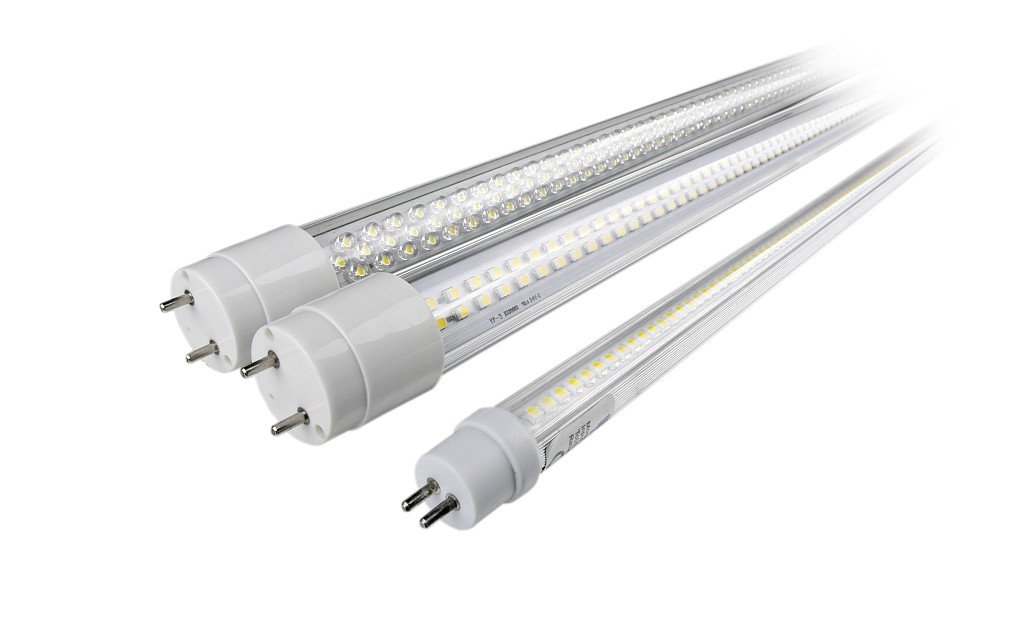
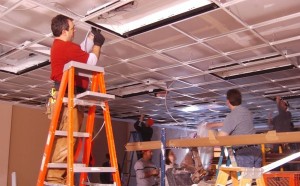 Installing T8 fluorescent lighting is a great way to save on energy costs and taxes at the same time. The IRS allows businesses that upgrade lighting to T8 fluorescent fixtures and lamps to claim lighting tax credits and offset the cost of upgrading against owed taxes.
Installing T8 fluorescent lighting is a great way to save on energy costs and taxes at the same time. The IRS allows businesses that upgrade lighting to T8 fluorescent fixtures and lamps to claim lighting tax credits and offset the cost of upgrading against owed taxes.
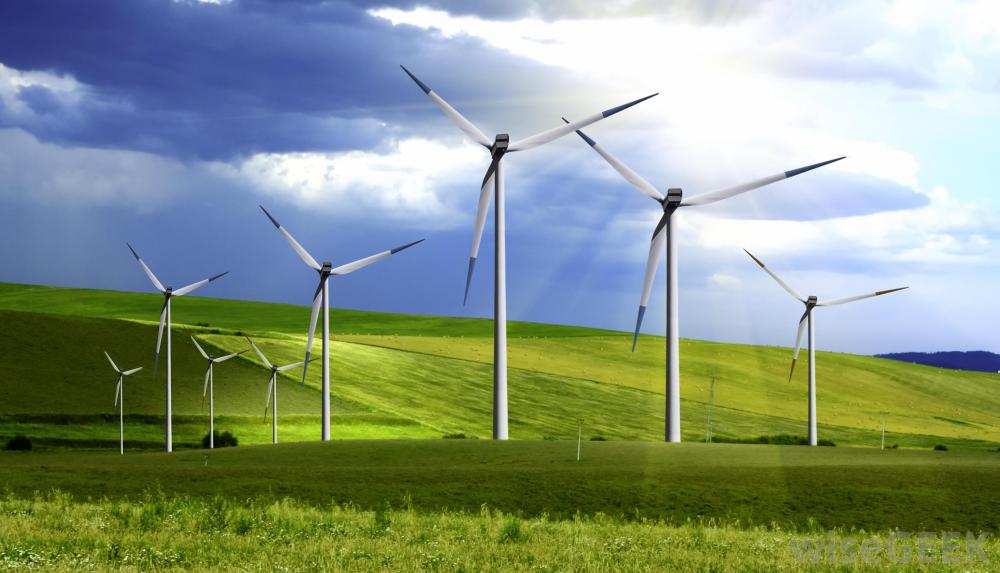
 Technological advances in the 21st century can be summarized by several key words; innovative, avant-garde and prolific to highlight a few. However, in a world where energy resources, the growing population and the increasing demand for available energy are all in direct competition, perhaps no technological goal should be more pressing than the creation of efficient energy.
Technological advances in the 21st century can be summarized by several key words; innovative, avant-garde and prolific to highlight a few. However, in a world where energy resources, the growing population and the increasing demand for available energy are all in direct competition, perhaps no technological goal should be more pressing than the creation of efficient energy.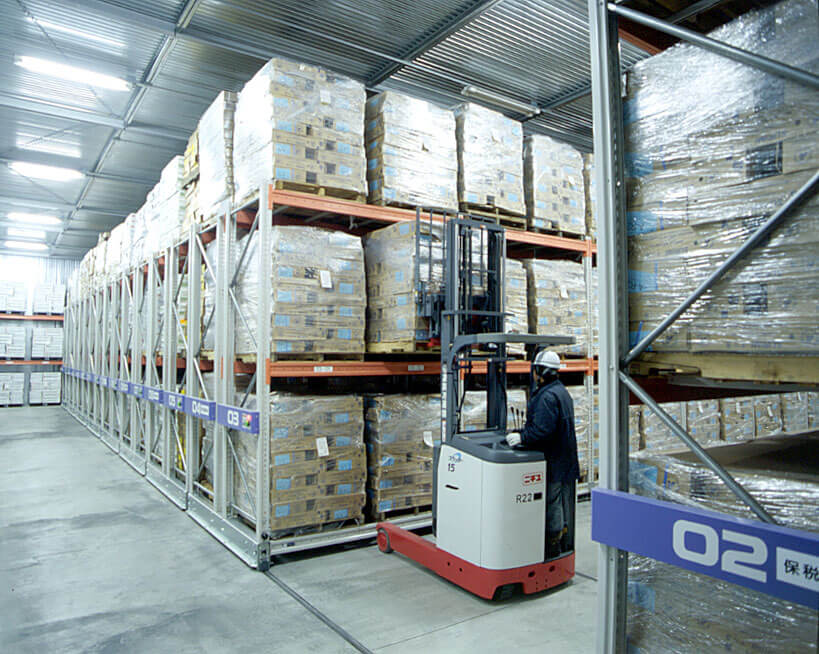
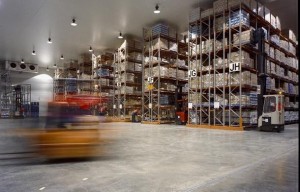 If your business operates with cold-storage facilities, you know the importance of maintaining an absolute temperature; however, did you know lighting can be a source of generated heat? This extra energy can cost you more money than you may realize.
If your business operates with cold-storage facilities, you know the importance of maintaining an absolute temperature; however, did you know lighting can be a source of generated heat? This extra energy can cost you more money than you may realize.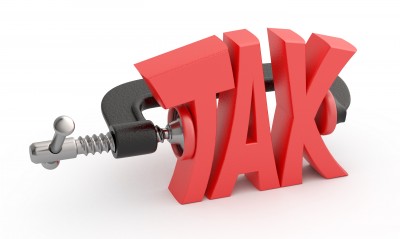
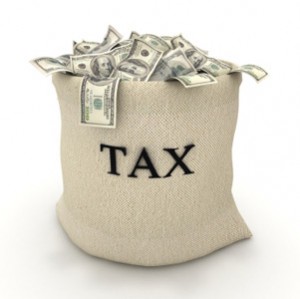 It has been estimated that only about 10% of eligible companies have taken advantage of the Commercial Building Deduction known as EPAct, originally implemented in the Energy Policy Act of 2005. Are you among them? If not, you still have time, but you’ll need to act quickly. The “go green” incentive is set to expire at the end of 2013.
It has been estimated that only about 10% of eligible companies have taken advantage of the Commercial Building Deduction known as EPAct, originally implemented in the Energy Policy Act of 2005. Are you among them? If not, you still have time, but you’ll need to act quickly. The “go green” incentive is set to expire at the end of 2013.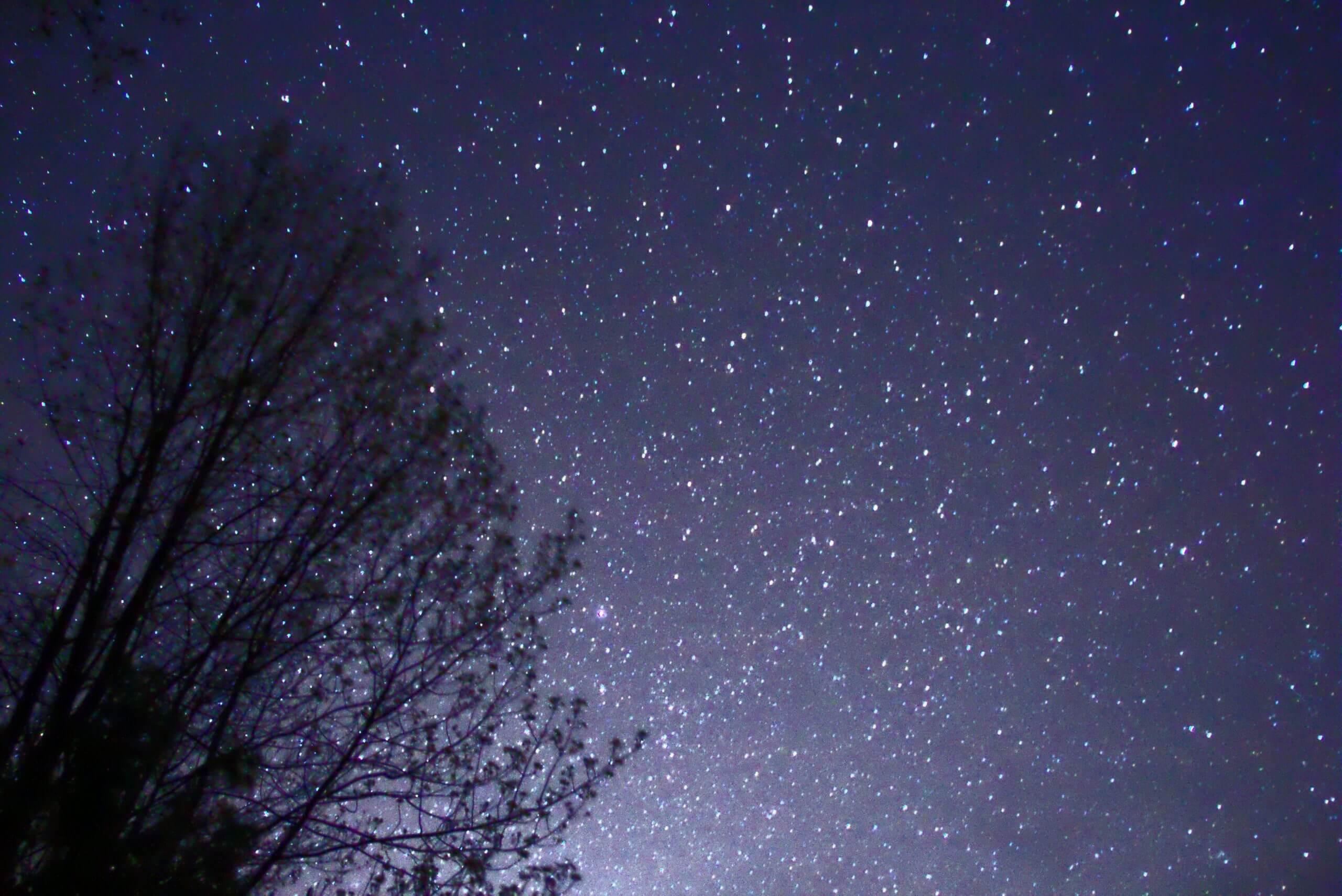
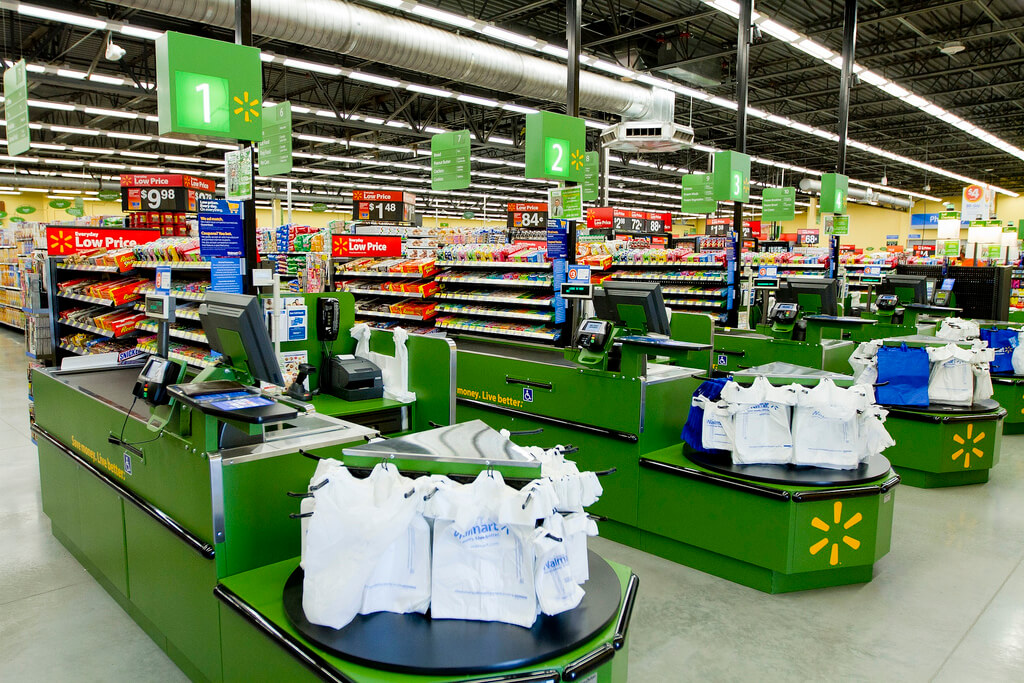
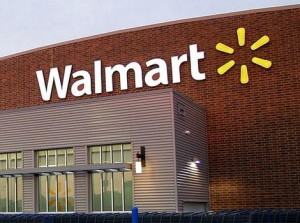 Walmart is striving to be a leader in energy reduction. In the early 1990s, it built two experimental stores to test energy saving techniques. One store was located in CO, and one in TX. In 2006, it retrofitted the TX store to try several new energy saving techniques.
Walmart is striving to be a leader in energy reduction. In the early 1990s, it built two experimental stores to test energy saving techniques. One store was located in CO, and one in TX. In 2006, it retrofitted the TX store to try several new energy saving techniques.